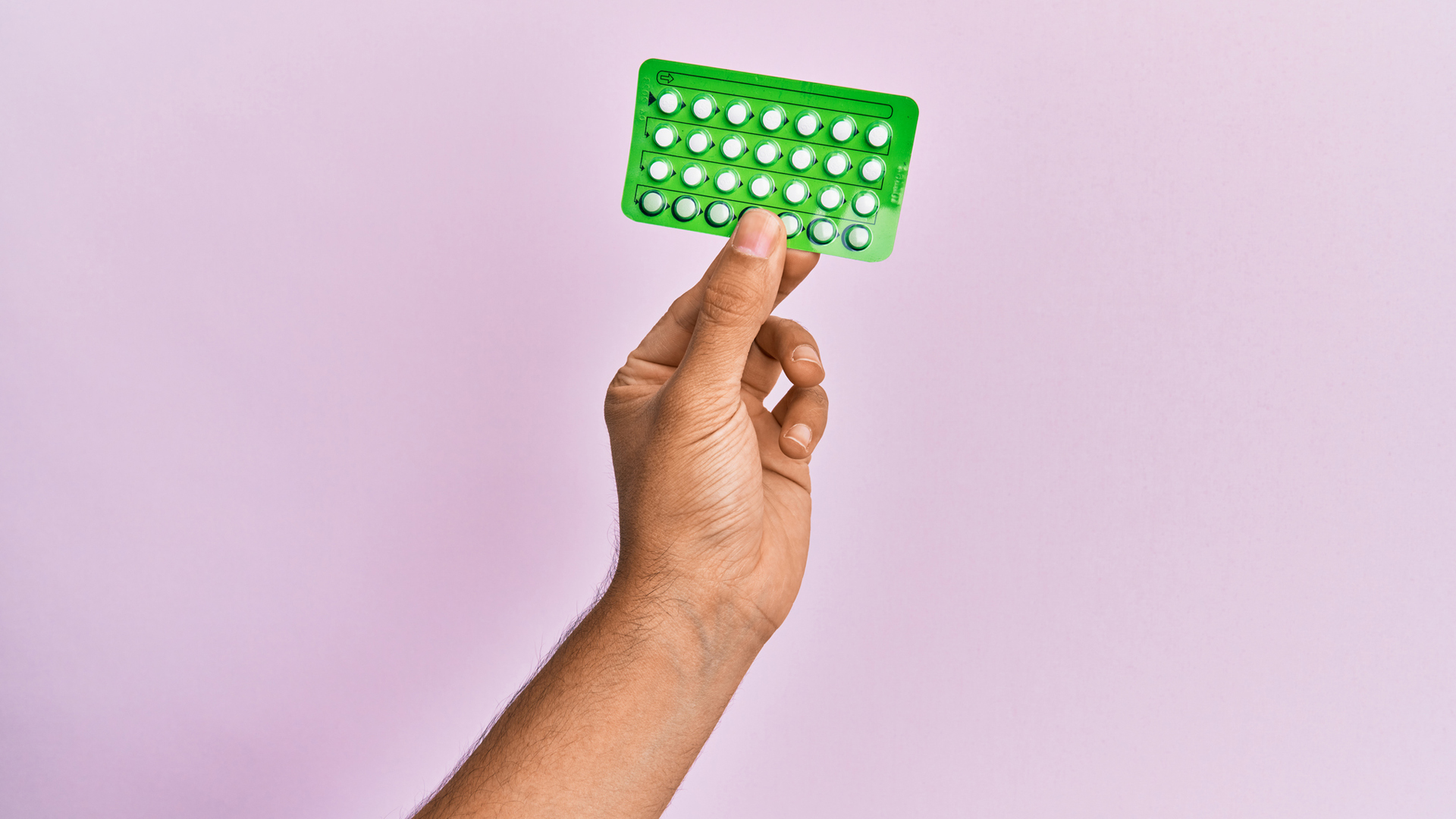Recently, a combination hormonal topical gel has shown promise by suppressing sperm production in a shorter time frame than other experimental products tested in clinical trials.
These preliminary findings were presented this week at the Endocrine Society’s annual meeting in Boston.
The study, in Phase 2b trials, included 222 men who completed at least three weeks of daily treatment with a gel made from the progestin medication segesterone acetate and testosterone.
The compound was developed by the Population Council, a nonprofit organization focused on reproductive health, in collaboration with the National Institutes of Health.
Researchers conducted sperm count tests every four weeks to evaluate the suppression of sperm, aiming for a sperm count of 1 million or fewer per milliliter for effective contraception.
Normal sperm count ranges between 15 million and 200 million sperm per milliliter of semen. By Week 15, 86 percent of participants achieved this low threshold, with sperm production typically suppressed by the eighth week of treatment.
Diana Blithe, chief of the Contraceptive Development Program at the National Institutes of Health, remarked that the findings marked a milestone and emphasized the importance of male contraception as much a men’s health issue as a women’s.
Blithe noted that women who participated in the clinical trials with their partners felt relieved when they could stop using hormonal birth control for the study’s duration.
“There are a lot of women who have difficulties with various contraceptive methods, and one eye-opening aspect of the clinical trial has been listening to women and hearing what it meant to them to be in the study, especially when they were able to stop using their birth control for a year,” Blithe said.
Currently, the only effective forms of birth control for men are vasectomies, which are not easily reversible, and condoms, which have a low acceptance rate.
The 5-milliliter hormonal gel is applied once daily and split between the shoulder blades. The gel’s segesterone acetate component, a synthetic progesterone, suppresses hormones needed to maintain testosterone concentrations in the testes, thereby inhibiting sperm production.
The testosterone component ensures that testosterone levels essential for male physiological processes and health are maintained at stable levels.
Testosterone plays a vital role in bodily activities beyond sperm production, such as sexual function and hormone regulation.
Health experts say expanding birth control options to men helps level the playing field in discussions surrounding birth control and alleviates the burden traditionally carried by women.
“Any form of male birth control is important in the scope of our reproductive health,” said Jesse N. Mills, clinical professor of urology and director of the men’s clinic at UCLA.
“It will allow us to have a much better dialogue when it comes to whose responsibility it is to prevent pregnancy.”
Since the birth control gel is still undergoing clinical trials, long-term safety and efficacy are still being examined. However, preliminary findings are promising.

“At this stage, it’s about getting the dosing right and seeing if it’s effective and safe,” said Alexandra Joice Berger, a urologist at Brigham and Women’s Hospital in Boston.
Berger noted that in earlier trials of male birth control products, it took months for sperm production to decline to levels that would be effective at preventing pregnancy, and participants suffered side effects.
One of the biggest takeaways from the ongoing trial is that the drug seems to work faster than previous iterations of male birth control with fewer adverse effects.
“I would be hopeful that it would be well-tolerated, but I think effectiveness is dependent on adherence to the medication, and that’s something we’ll know more about with time,” Berger said.
Hormonal birth control trials for men have been ongoing since the 1970s, with approaches aimed at suppressing sperm production to prevent pregnancy.
One method involved using high doses of a testosterone pill to inhibit the brain’s release of hormones that stimulate the testes, thereby reducing sperm count.
However, this approach had significant side effects associated with the high doses, including liver toxicity, mood changes, acne, weight gain, and an increased risk of cardiovascular problems.
Another option involved combining testosterone with progestins, commonly used in female contraception, to lower the dose of each hormone and minimize side effects.
This combination showed some success in decreasing sperm counts, but challenges included variability in effectiveness, the need for frequent administration, and side effects such as decreased libido and mood swings. These issues hindered further development.
Cost has also played a significant role in slowing the development of hormonal male birth control. Drug development can range from $1 billion to $2 billion, according to the Congressional Budget Office.
“No pharmaceutical company is willing to put up money to develop a drug if there are not people who are going to take it,” Mills said.
“It’s very concerning and, frankly, testimony to the sexism present in drug development that it has taken so long to still not have an FDA-approved drug for male birth control.”
The trial of the gel is expected to conclude by the end of this year, with the next step involving the analysis of the results.
Blithe is hopeful that this drug will continue to show positive results, but more funding is needed to move forward, and currently, there is no commercial partner.
“We are encouraged by the results and the side effect profile so far, but more studies are needed to confirm that,” Blithe said.
